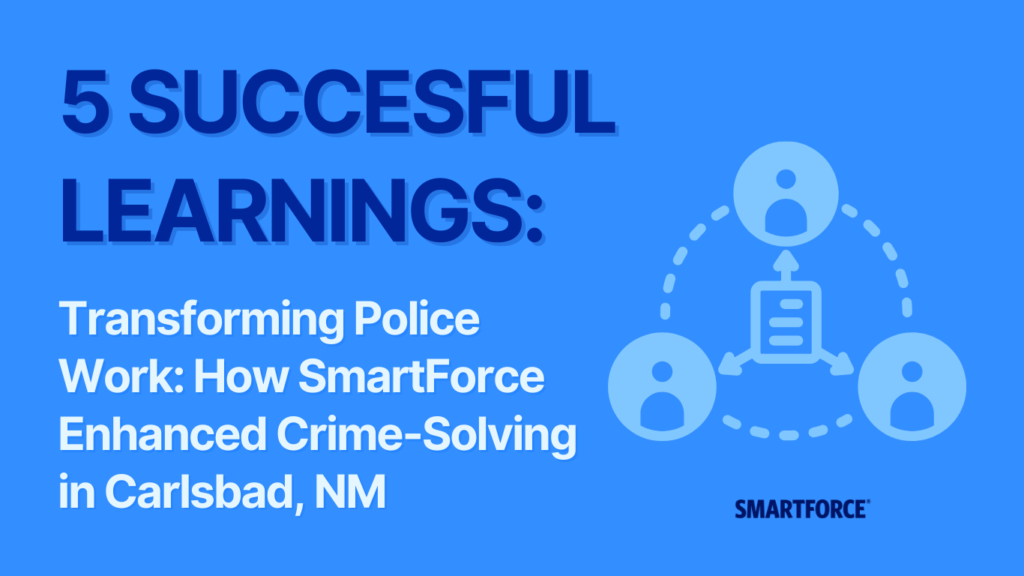Modern policing produces more data than ever before, from stop and contact reports to ALPR hits, mental-health transports, and use-of-force incidents.
The question isn’t whether agencies have enough data, it’s whether they’re using it to lead more effectively, deploy more strategically, and build greater trust with the communities they serve.
Stop-and-contact data now offers an unprecedented view of police operations—helping chiefs, command staff, and officers alike move beyond compliance toward proactive, accountable policing.
1. Chiefs: Lead Proactively and Shape the Narrative
For chiefs, data isn’t just a reporting requirement—it’s a strategic lens into the health of the organization and the pulse of the community.
Key metrics include:
- Race, ethnicity, and gender of contacts
- Contact type and ratio of proactive vs. call-for-service stops
- Action taken (broken down by demographic group)
- Mental-health transports, use-of-force, officer and citizen injuries
- Tag-based project data such as ALPR hits and special initiatives
These insights do more than satisfy mandates, they allow chiefs to:
- Track fairness and consistency across operations
- Identify emerging trends before they become public controversies
- Communicate factually with city leadership and residents
- Demonstrate that technology can be both a force multiplier and a transparency enabler

By visualizing initiation reason, reason for contact, and action taken, chiefs gain the full context of policing—not just what happened, but why.
2. Command Staff: Turn Data into Leadership Decisions
Commanders translate strategy into execution. Their challenge is using data to guide units, shifts, and divisions day-to-day.
CitizenContact analytics make it easy to review:
- Initiation reasons and suspected offenses
- Activity by area, group, or team
- Tags for special projects or enforcement initiatives
Example:
A mid-sized Colorado agency compared search data between two districts.
Analytics revealed differences in search basis and contraband recovery.
Command staff cross-trained both districts—improving consistency, officer confidence, and community outcomes.

At this level, data becomes a tool for coaching, calibration, and command clarity.
3. Officers: Own the Data, Own the Conversation
For officers, data transparency turns routine reporting into a personal performance tool.
In the My Reports view, officers can see:
- How busy they are and with what types of activity
- Ratios of proactive to reactive contacts
- Trends over time in enforcement, assistance, or engagement
This enables constructive questions:
- Am I aligned with my unit’s goals?
- Do I need training or support in certain areas?
- How can I use this data to demonstrate my impact during evaluation or promotion?

When officers and supervisors have data-driven conversations, accountability, morale, and growth all improve.
Alignment Through Insight
When stop-and-contact data is used at every level:
- Chiefs lead with confidence and context.
- Command staff make faster, smarter operational decisions.
- Officers understand and own their impact.
Together, they form an agency where data connects people, policy, and purpose—creating true command clarity.
Ready to See It in Action?
SmartForce® and CitizenContact® help agencies move beyond compliance—transforming stop-and-contact data into actionable intelligence for leadership, accountability, and trust.
Request a Demo or Contact Us to see your data in motion.




